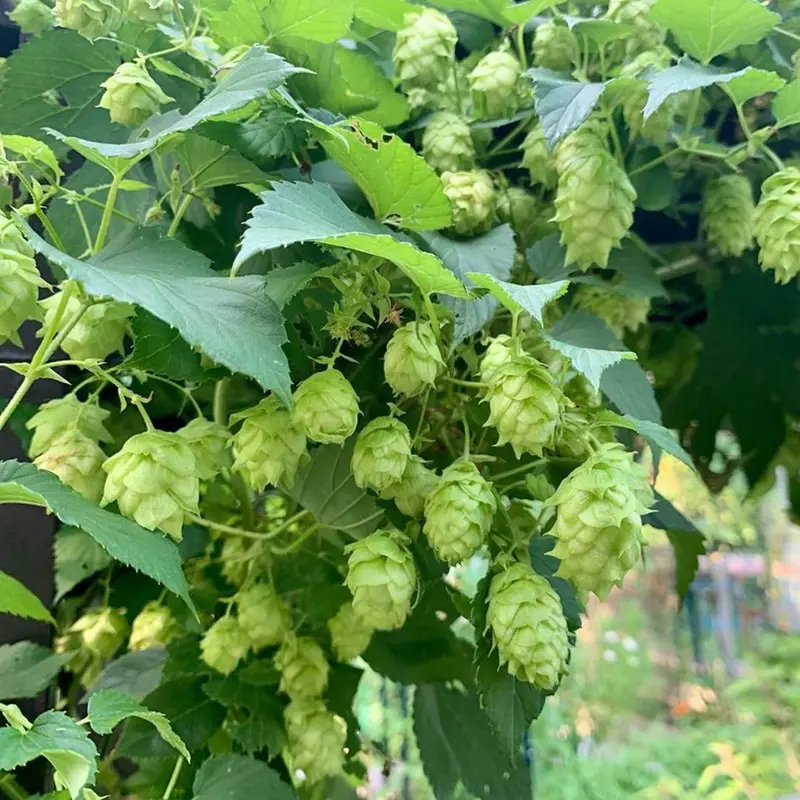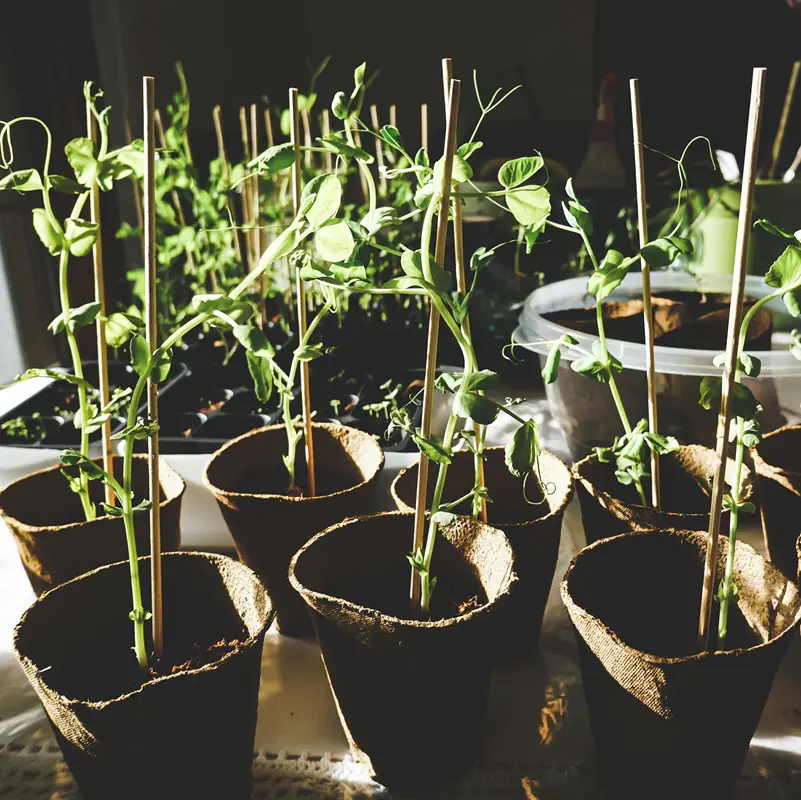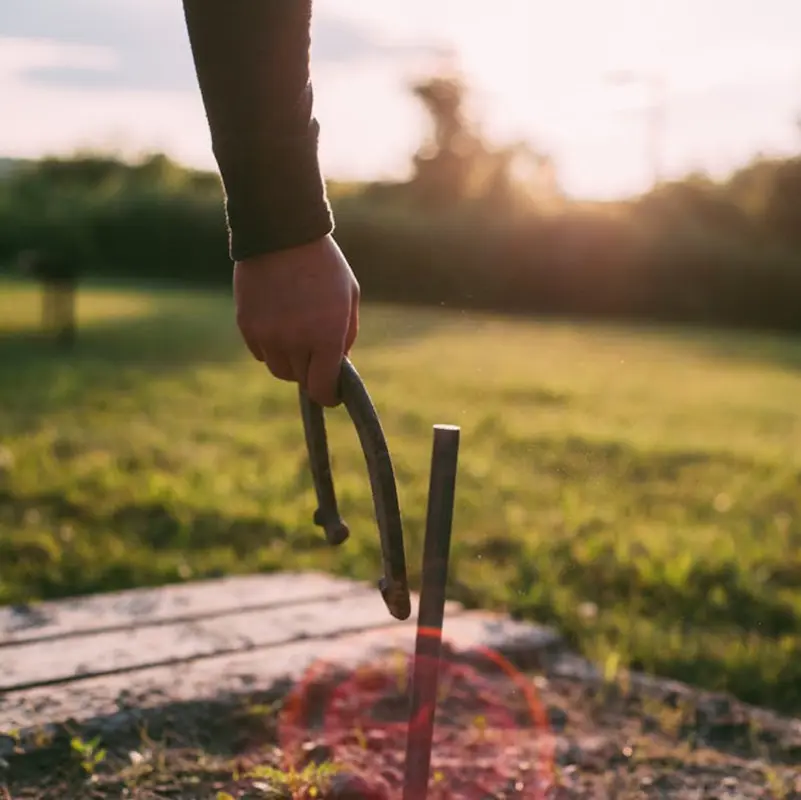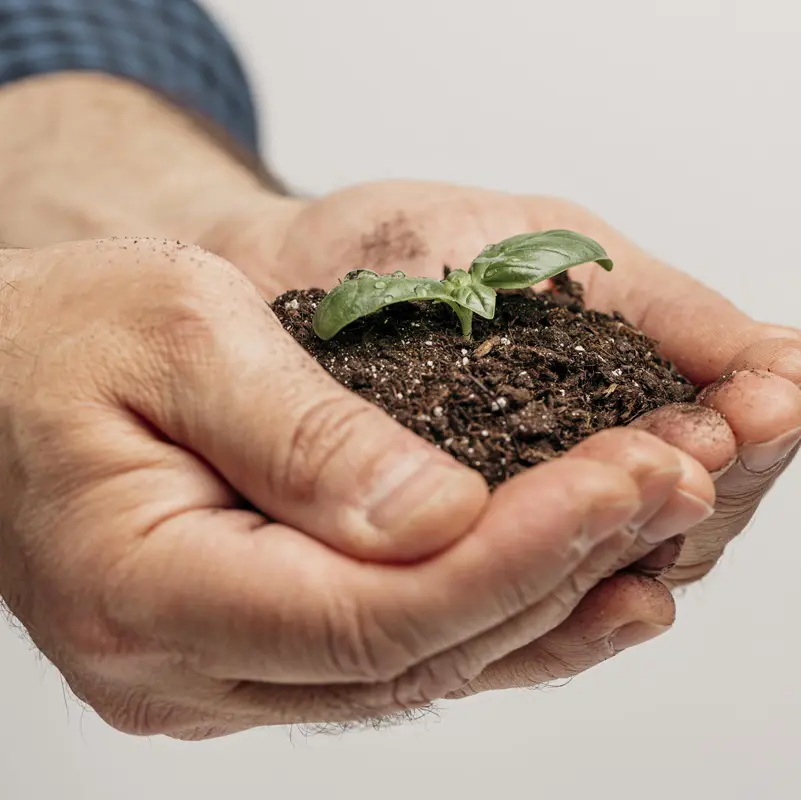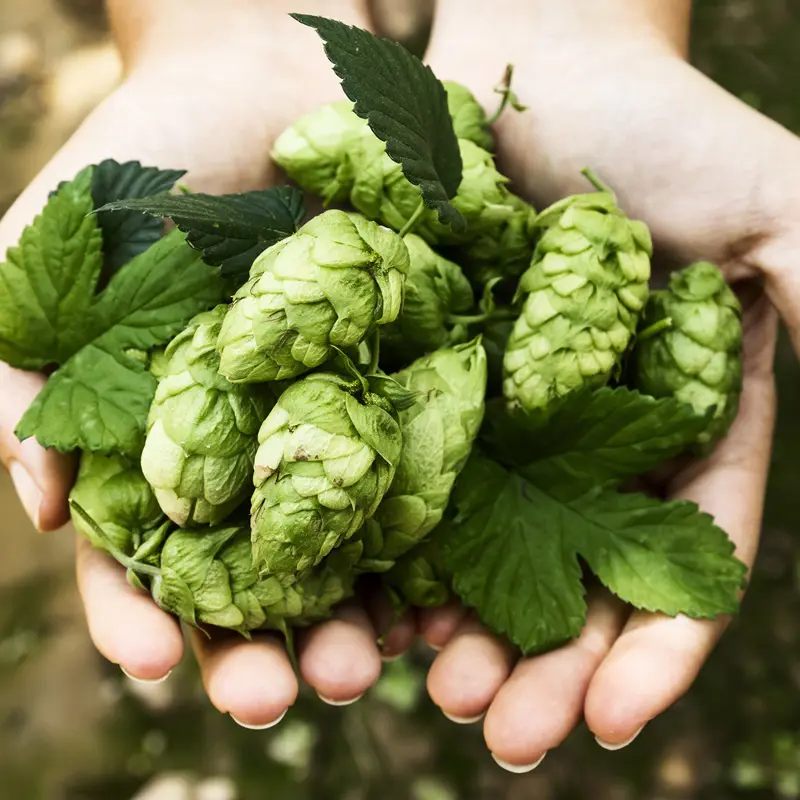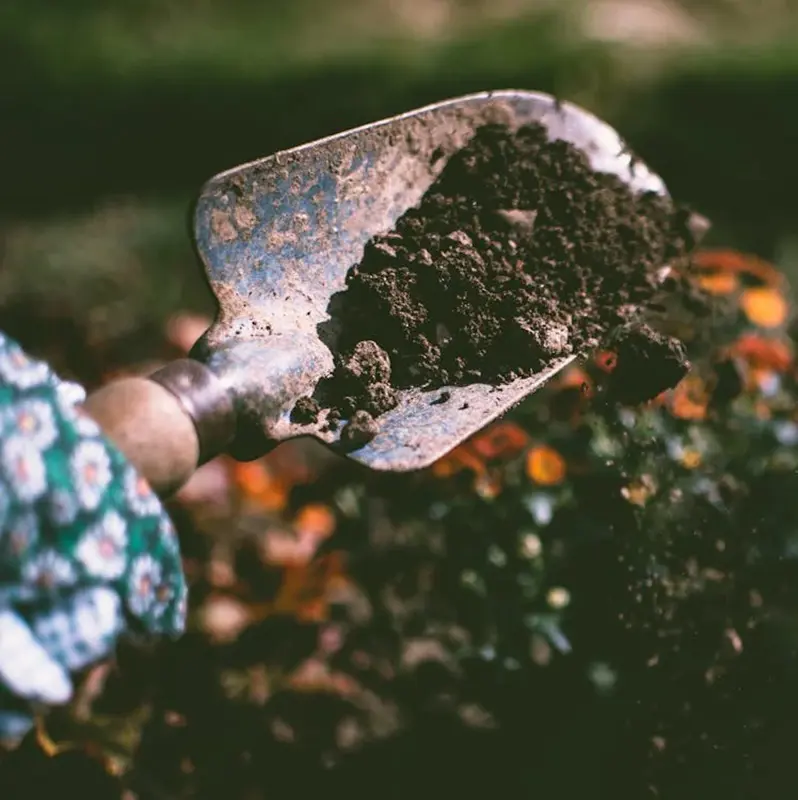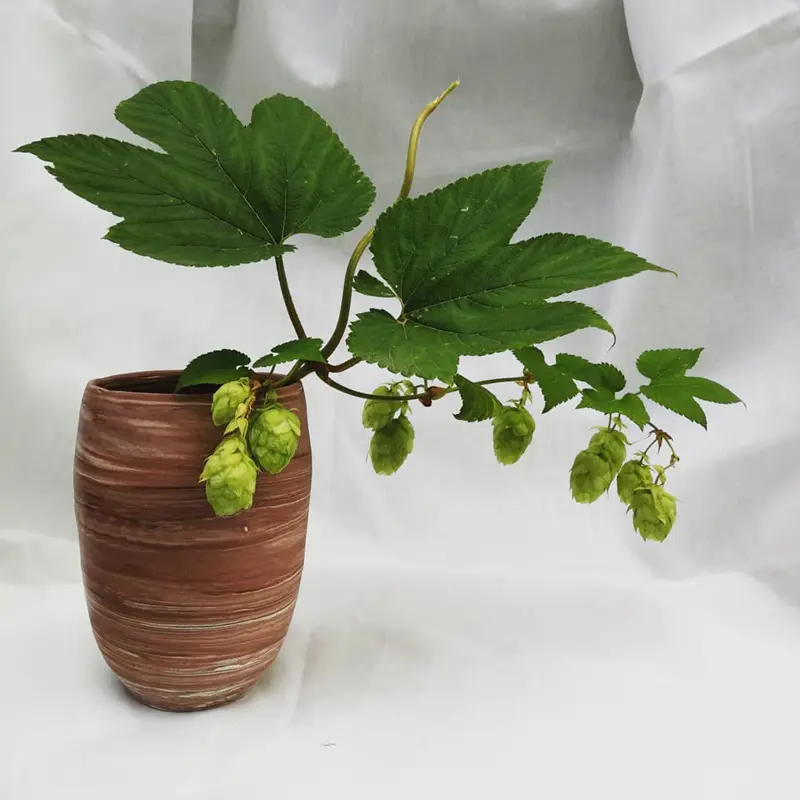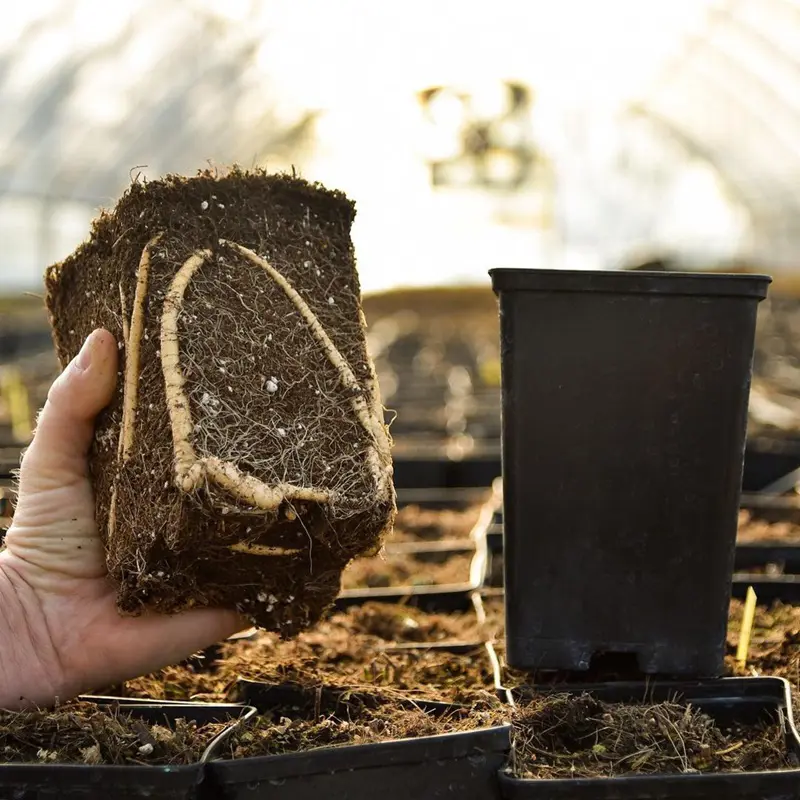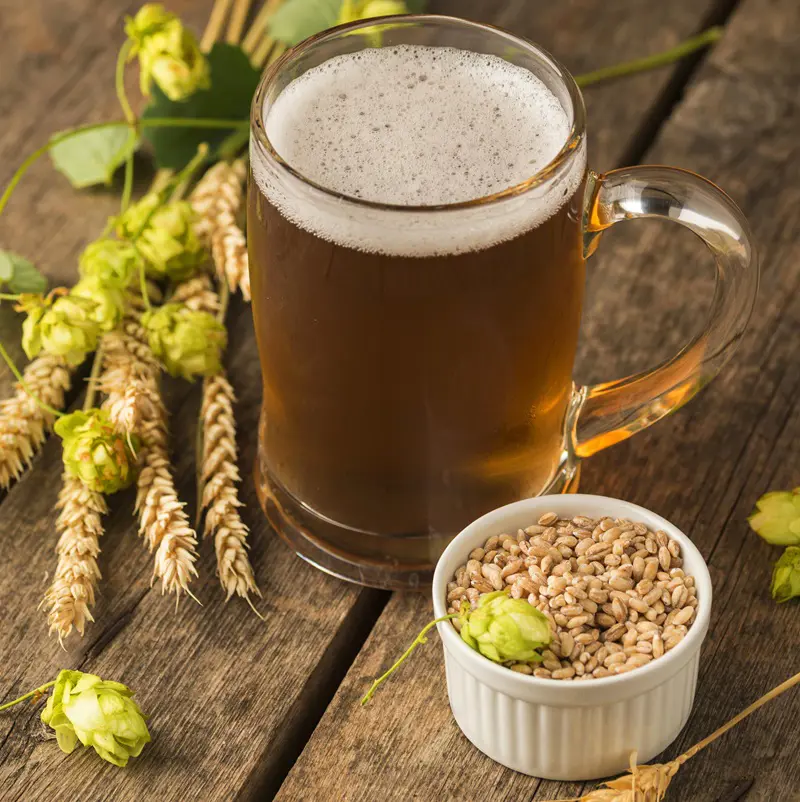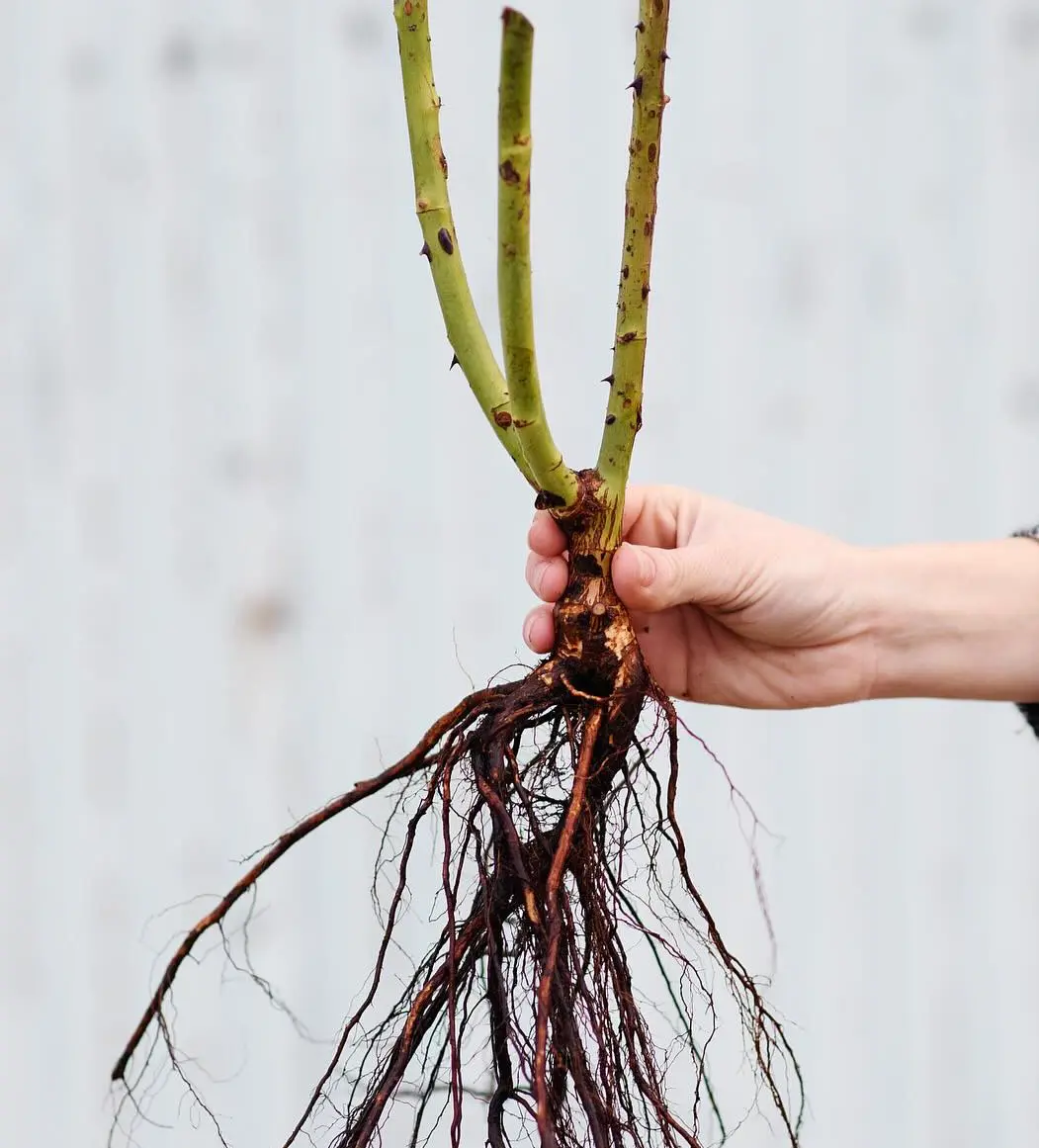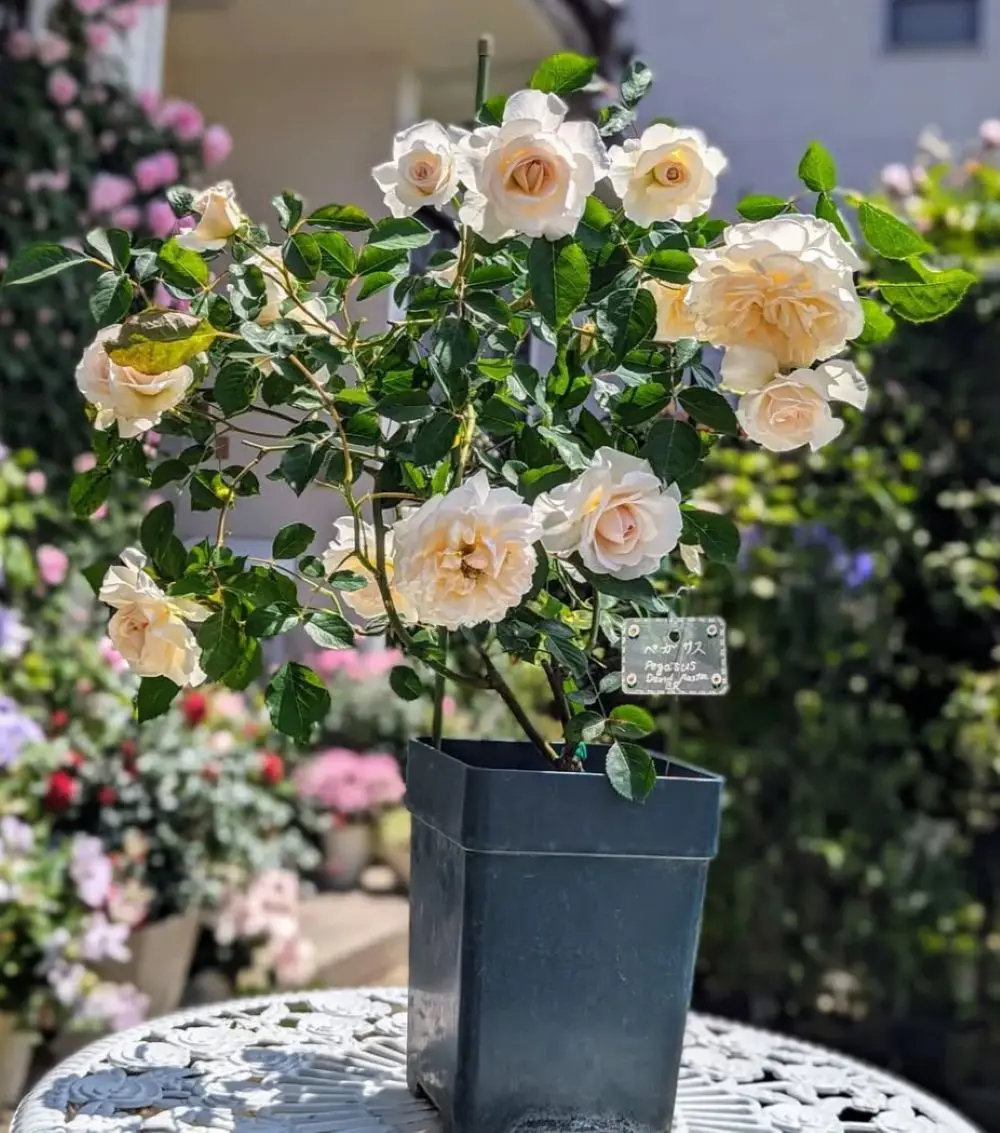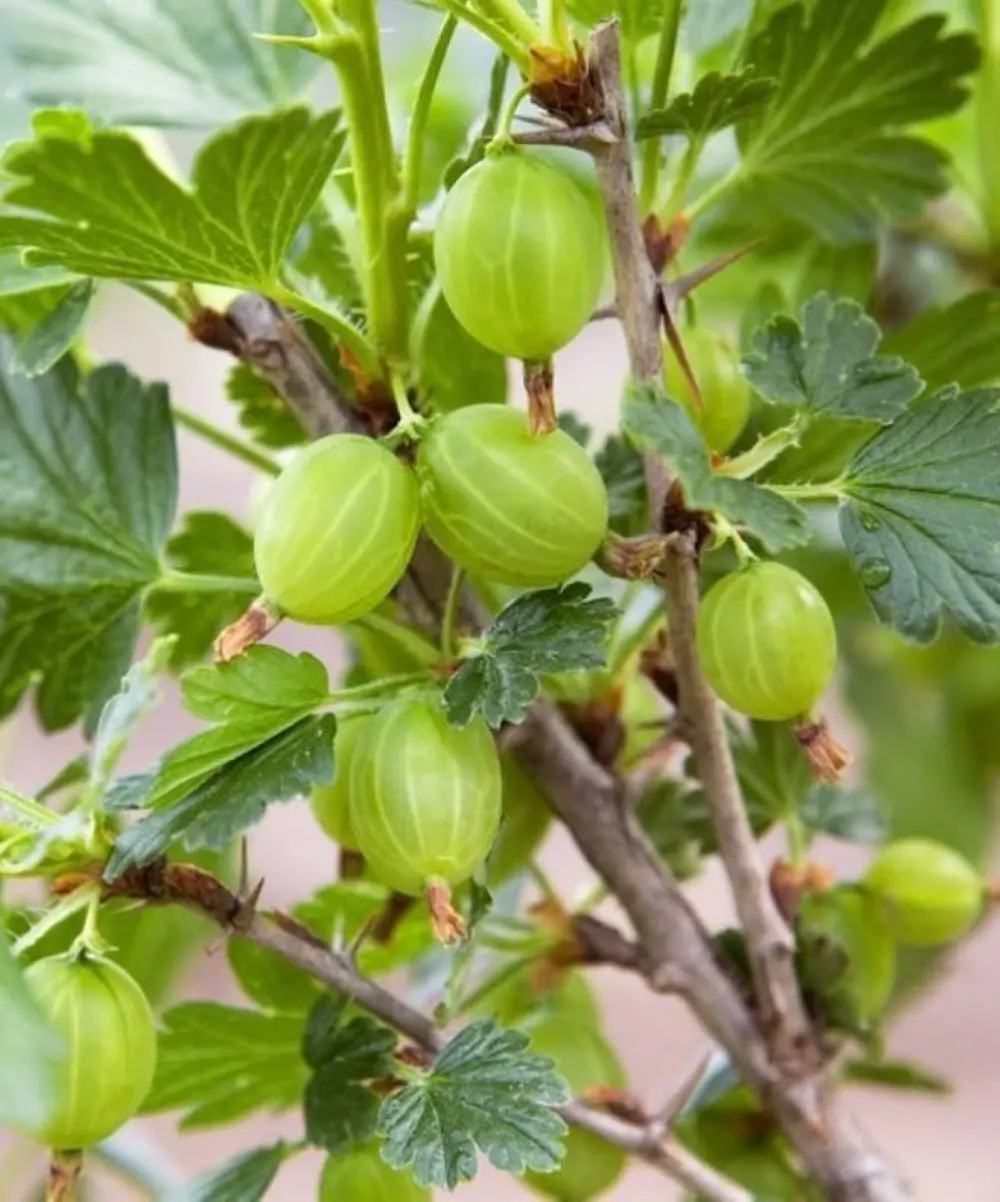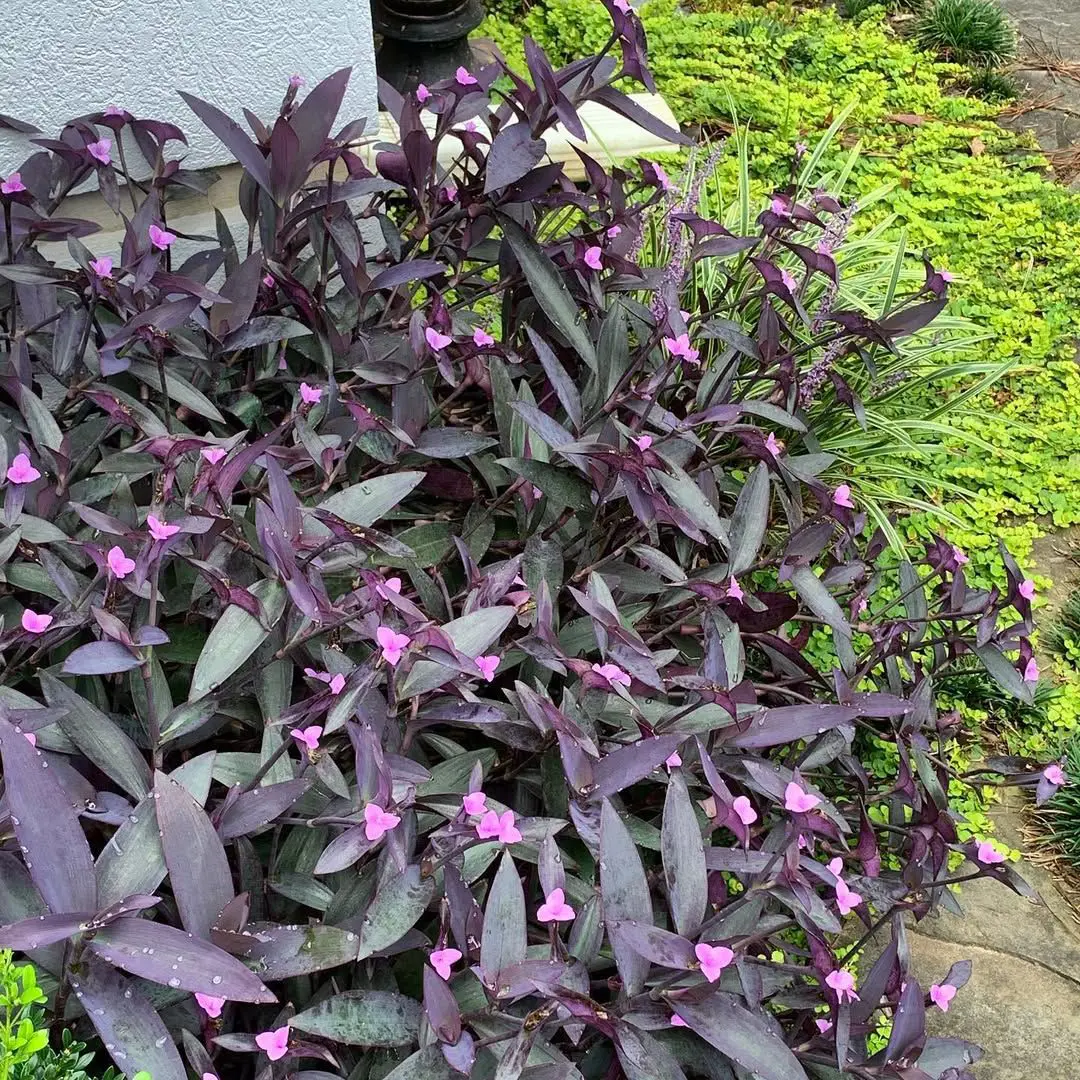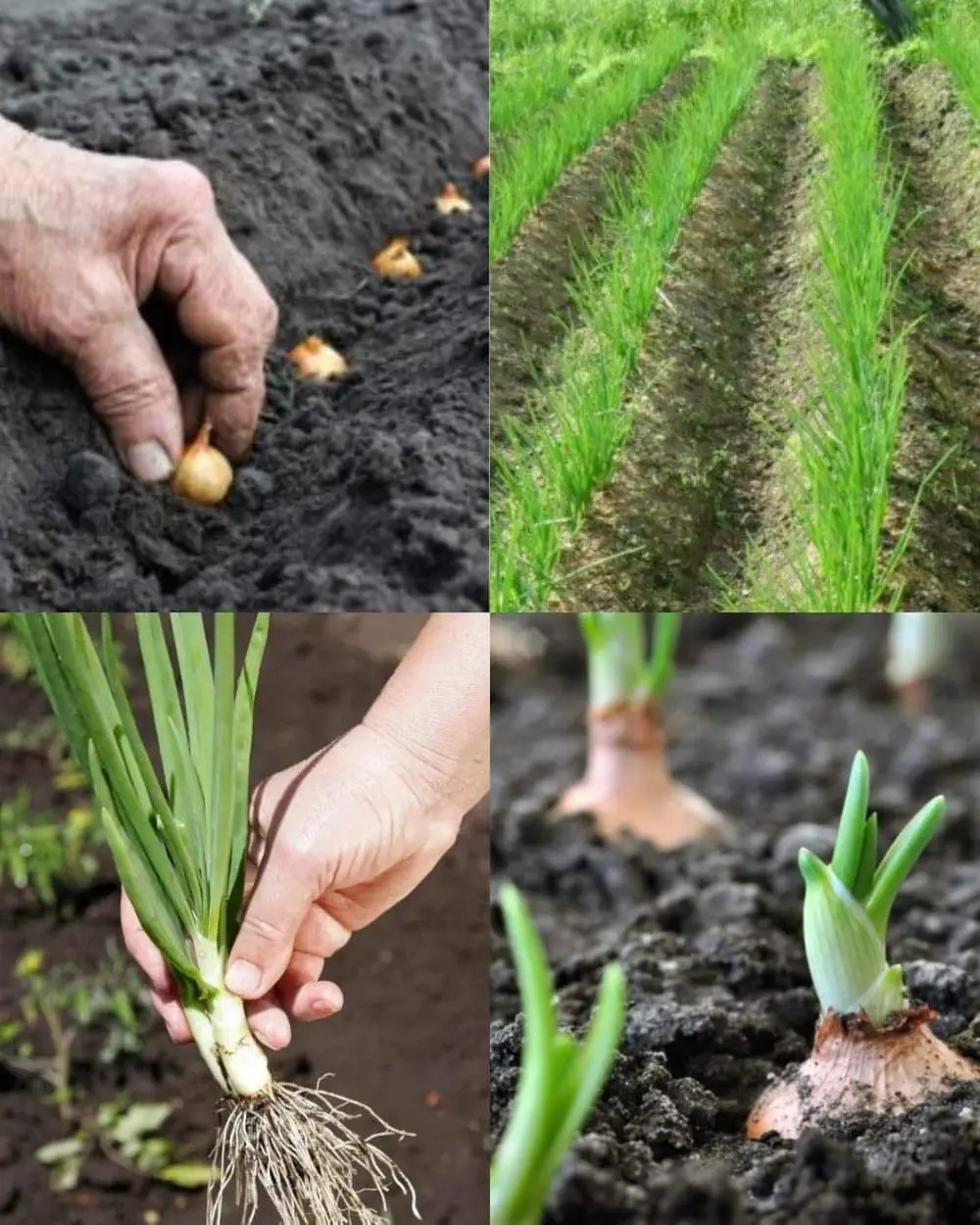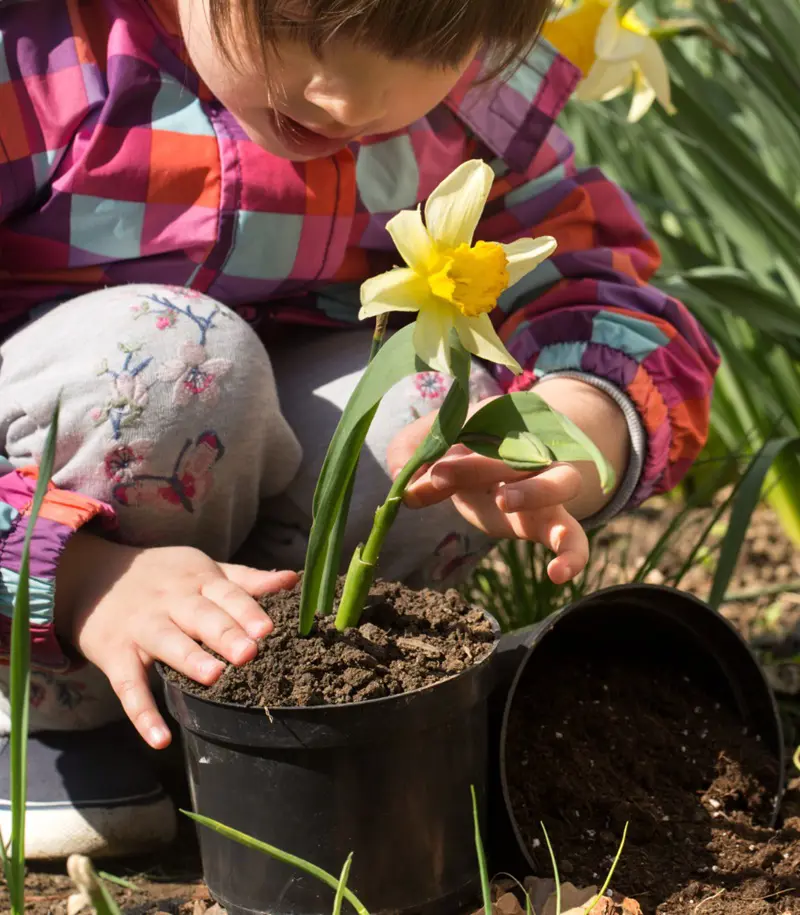When and Where to Plant Hops Plant?
If you have a hunger for a successful plantation of hops plant in your garden, you must thoroughly consider about when and where to plant the hop plants. Tag along with us about some of the requirements to be fulfilled before planting hop plants.
Light
First things first, hop plants do well in full sunlight. We suggest you look for a space in your garden that will provide hops with at least six to eight hours of sunlight each day.
Only when hop plants receive full sunlight without any sort of shade blocking the light towards them they will grow well and gift you with all the high-quality cones that you need to enjoy your beer perfectly.
Spacing
Plant hops where there is space to grow the 20-30 foot long vine. Often a trellis is built to support the plant. Other areas can be on the side of a garage, up a chimney, or on a tall, long fence.
We would suggest you plant them at least 3-5 feet apart. Only when they are planted with proper spacing, they will have enough room to grow well and spread out without having to overcrowd in the teeny-tiny space.
Soil
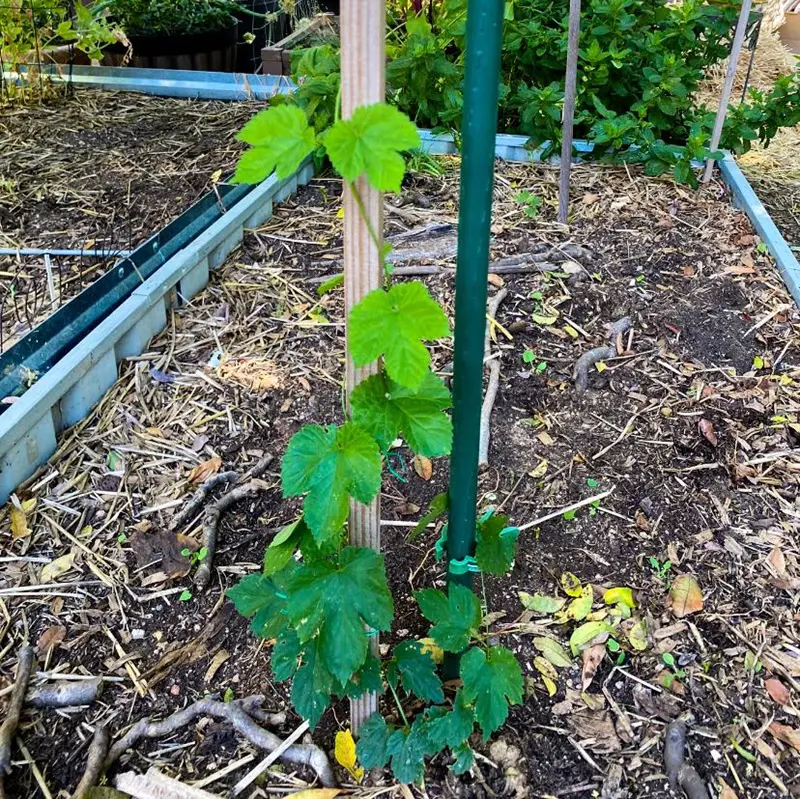
Even the healthiest rhizomes may not flourish to their full potential if the soil you house them in doesn’t contain the ideal drainage or acidity levels. Ensure that your soil is loose so it will drain properly.
Also, hop plants prefer slightly acidic soil ranging from 6.0-7.0. Whether you purchase soil in a bag or use the real thing from your backyard, you can always use a pH testing kit to ensure you’re providing your hop plants with precisely what they want.
Planting Time
You are more than welcome to plant hops after the danger of frost passes, that is in early spring when the ground is workable. For most areas, this will be late March to early April.
The growing season for these plants is a long one, so the sooner they are planted, the more vigorous their growth and the resulting crop. Make sure you plant rhizomes horizontally about 1-2 inches below the soil level, with buds facing upwards.
